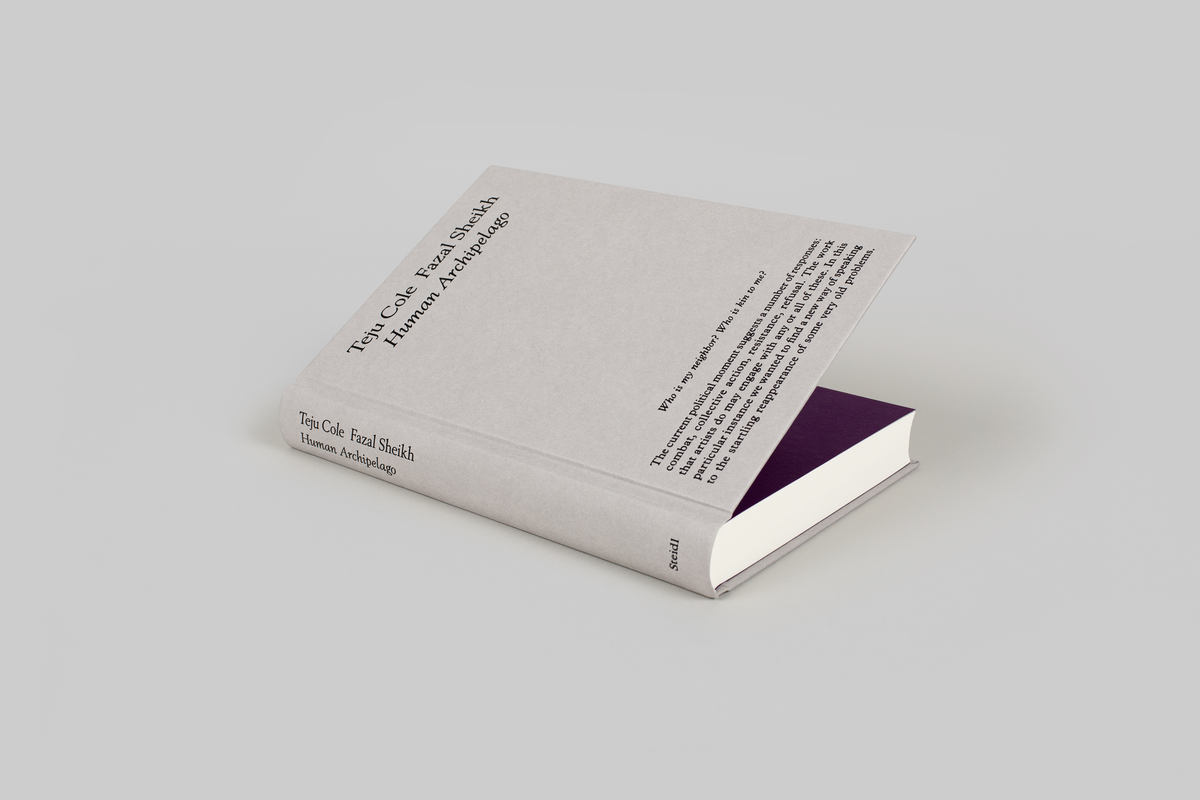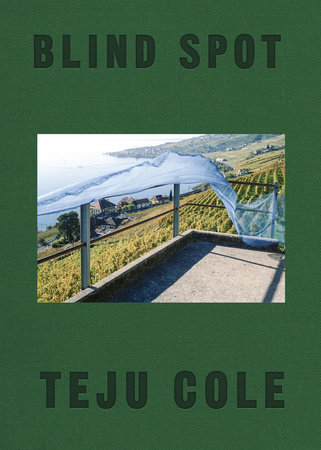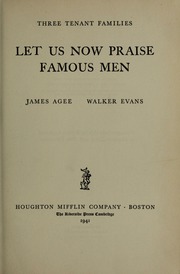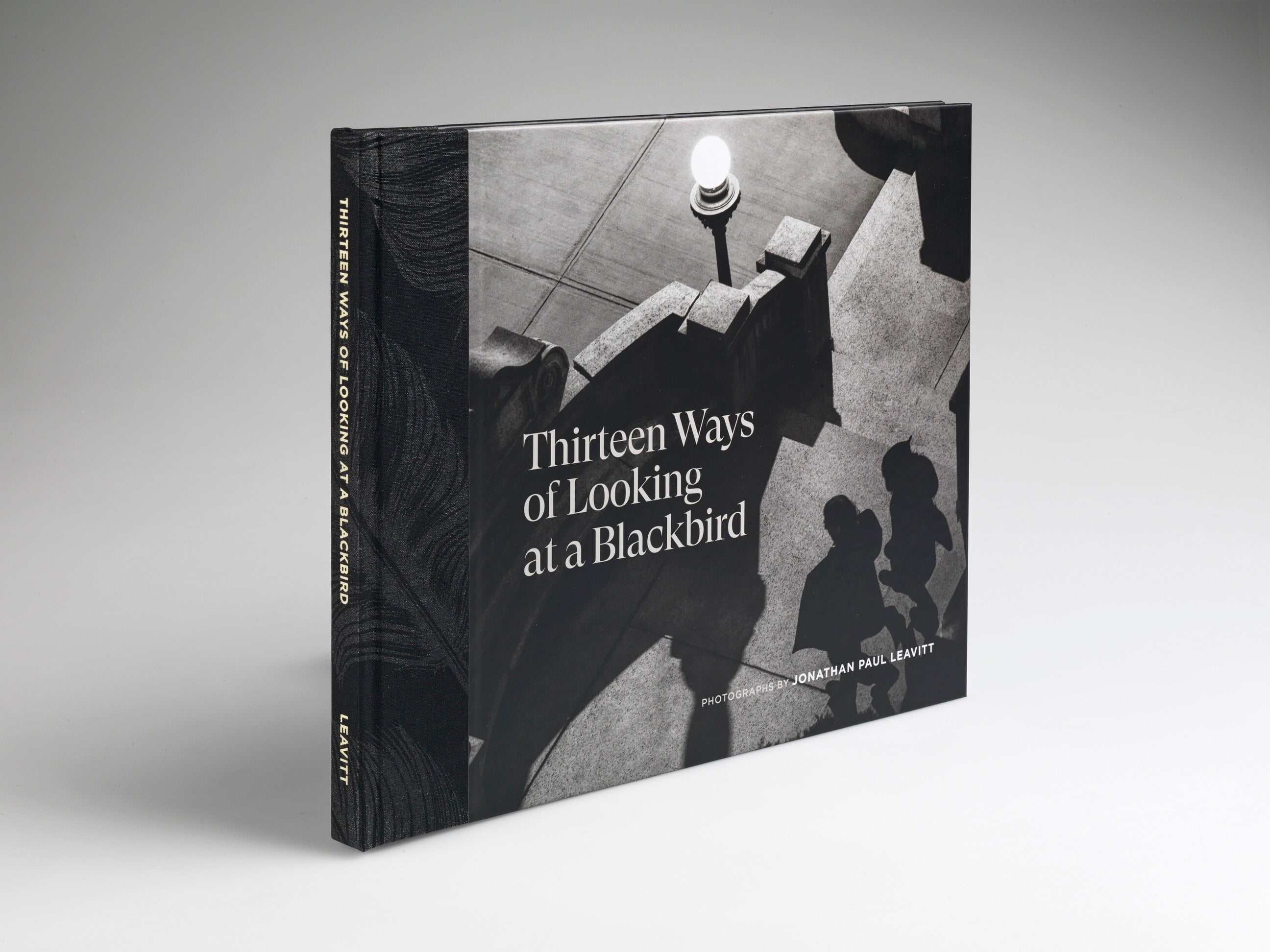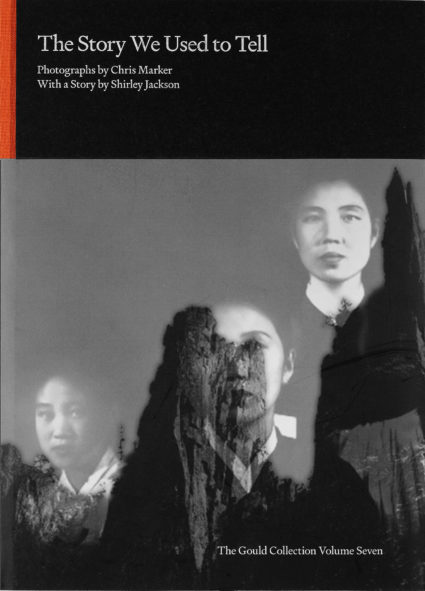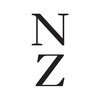For the Love of Words + Images
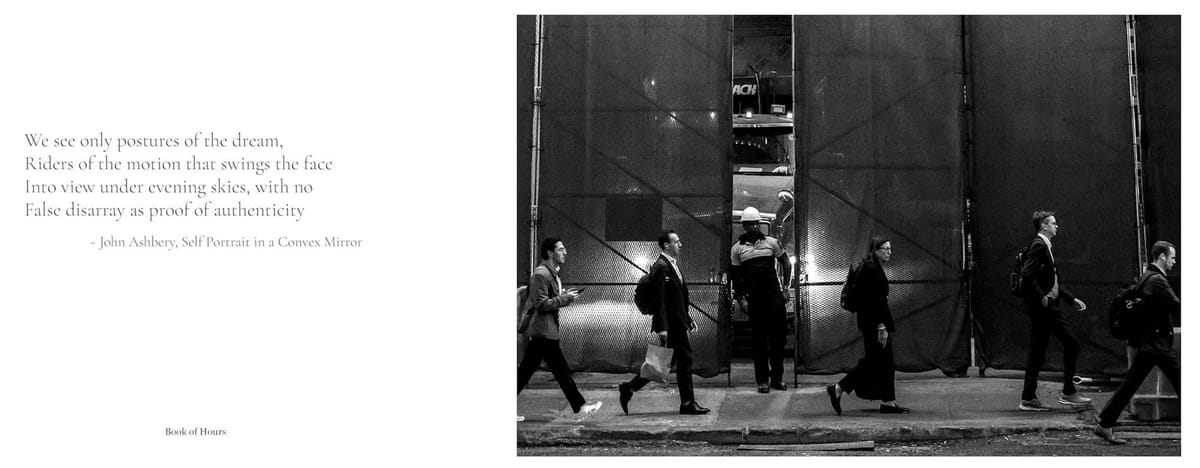
“It's closer to poetry than it is to essay writing...about the idea of escape. Not escape, the idea of escape. It's a little bit like baring your soul.”
— Alec Soth, on photography in Somewhere To Disappear
I think a good photograph has qualities of a good poem. With both, their meaning is usually not handed to us without our own careful attention. They live within boundaries and sing when unbound by structure. Neither typically take long to consume, but may take repeat engagement to absorb into your consciousness. At its best, a photograph doesn't tell us what to think, but allows us—demands of us—to bring it its meaning. I think this twin-like relationship creates an uneasy existence between words and photographs where words risk making explicit what should be left to the image.
Ansel Adams said “The artist speaks in terms of his medium; transcription of his ideas in words are almost always inadequate and misleading in the most precise sense." (from “What is Good Photography,” 1940). I think he's correct in the sense that of explaining photographs (though see my post: Looking into Photographs).
Yet, I love literature as well as photography and am never more happy when I find the two together. For example, rarely have I ever seen a more beautiful or more meaningful pairing of words and images than in Human Archipelago, with photographs by Fazal Sheik and text written or selected by Teju Cole.
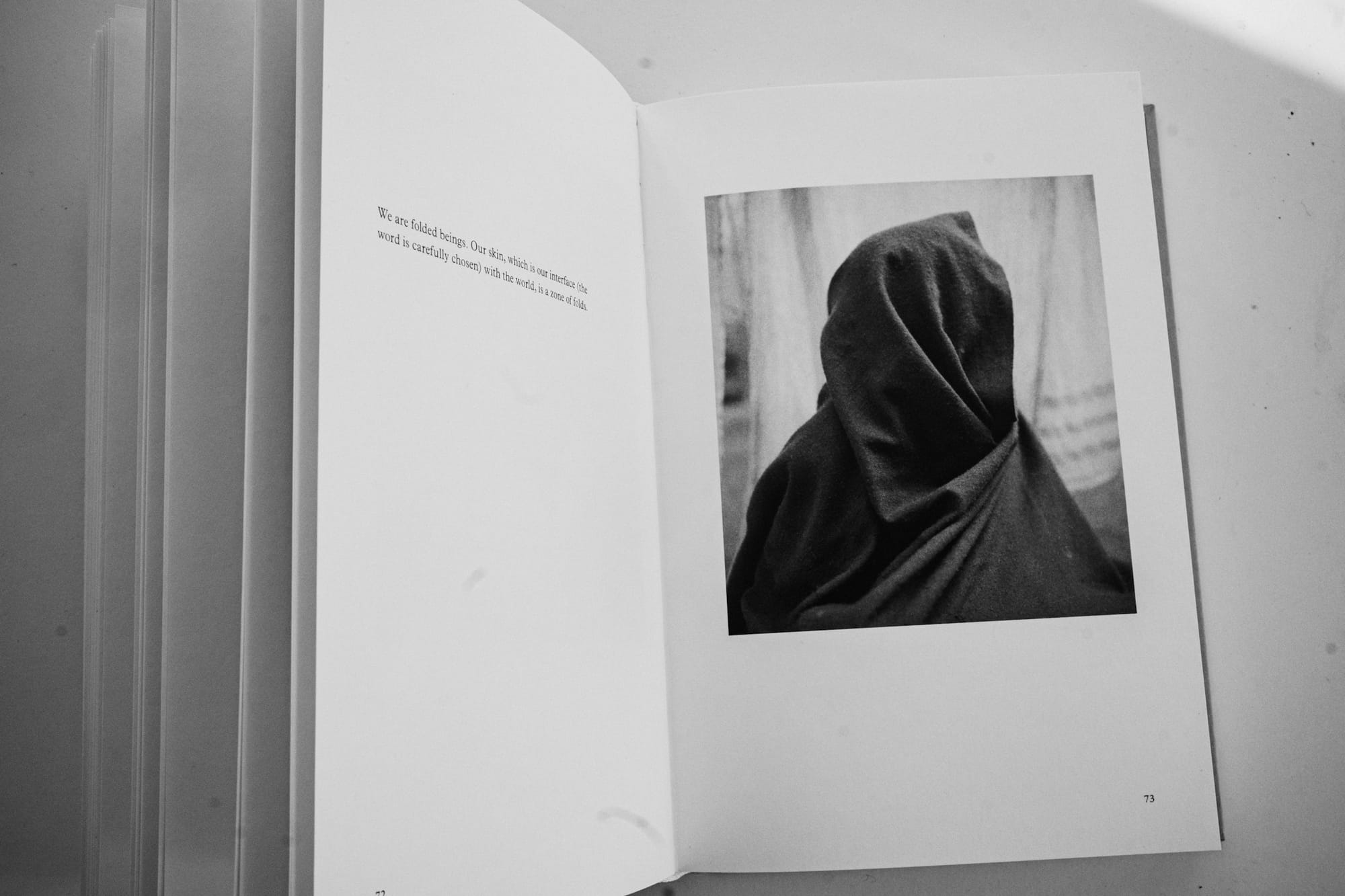
The authors have been generous enough to put an online version up: Human Archipelago.
Cole also pairs his own images in Blind Spot to great effect. His images—which don't approach the beauty of those in Human Archipelago, though are fully resonant—exist only with the text; they are a diptych. Without being explicit, the text slows you down and forces you to confront the image. As Siri Hustvedt says in the forward "As I move through the book, I shuffle from concrete image to abstract thought."
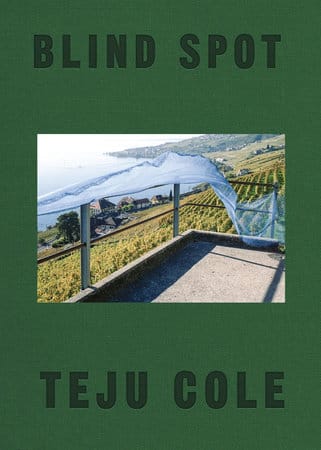

Another perfect book for me is Jonathan Leavitt’s Thirteen Ways of Looking at a Blackbird, which combines text from the poet Wallace Stevens’ titular poem with Leavitt’s photographs, each imbuing the other with meaning, yet never so much as touching in anything like a literal sense. I really think it’s a wonderful book!
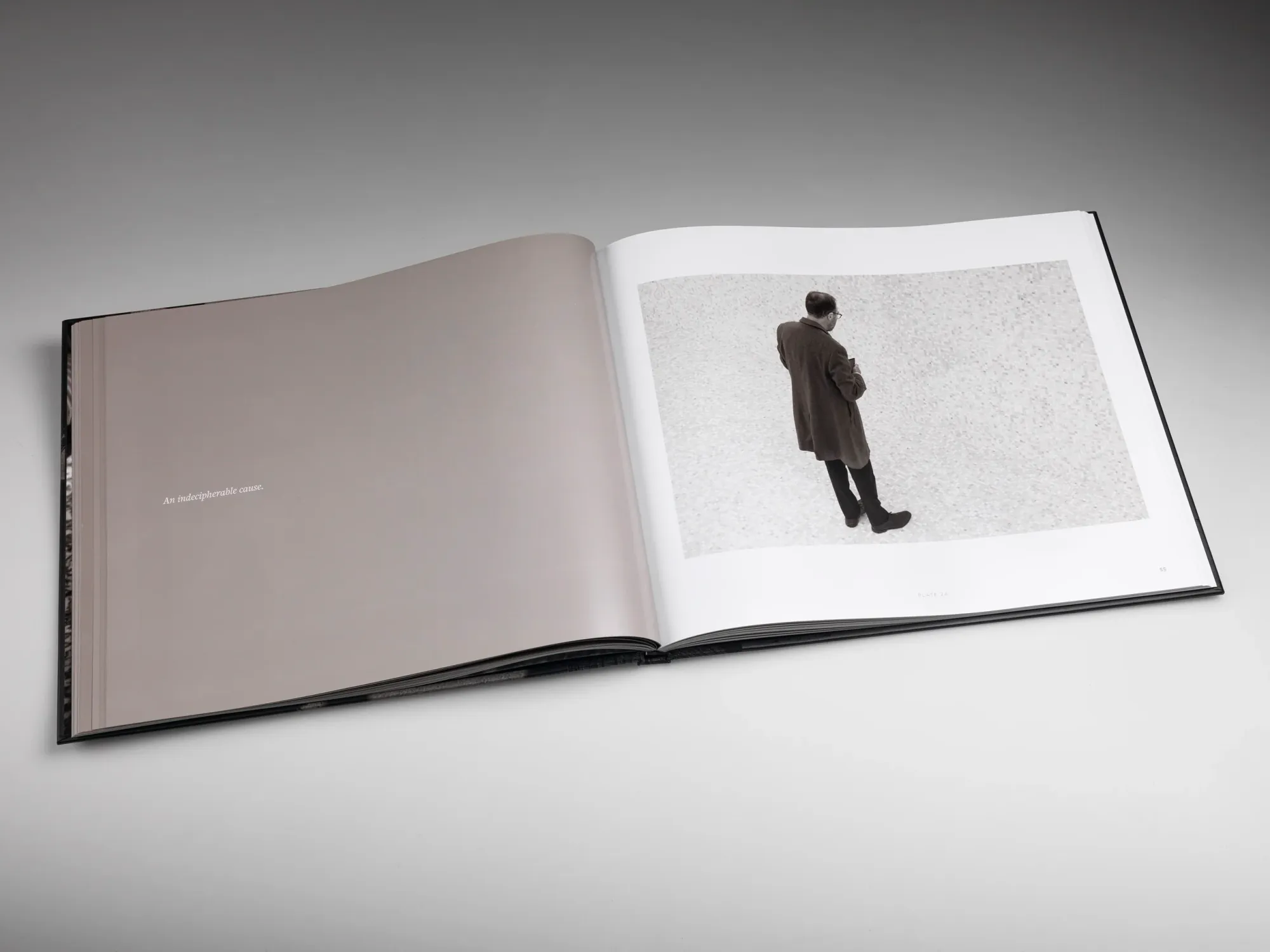
I also appreciate books that include the tiniest bit of copy where it is meaningful. For instance, In Todd Hido's dreadfully beautiful The End Sends Advanced Warning, the use of text is spare, disciplined, with just two short poems in the entire book. So very powerful for their lack of company. Even Hido's dedication carries a lot of weight:
This book is dedicated to Larry Sultan,
who taught me that I could
walk up to sentimentality
but not become it
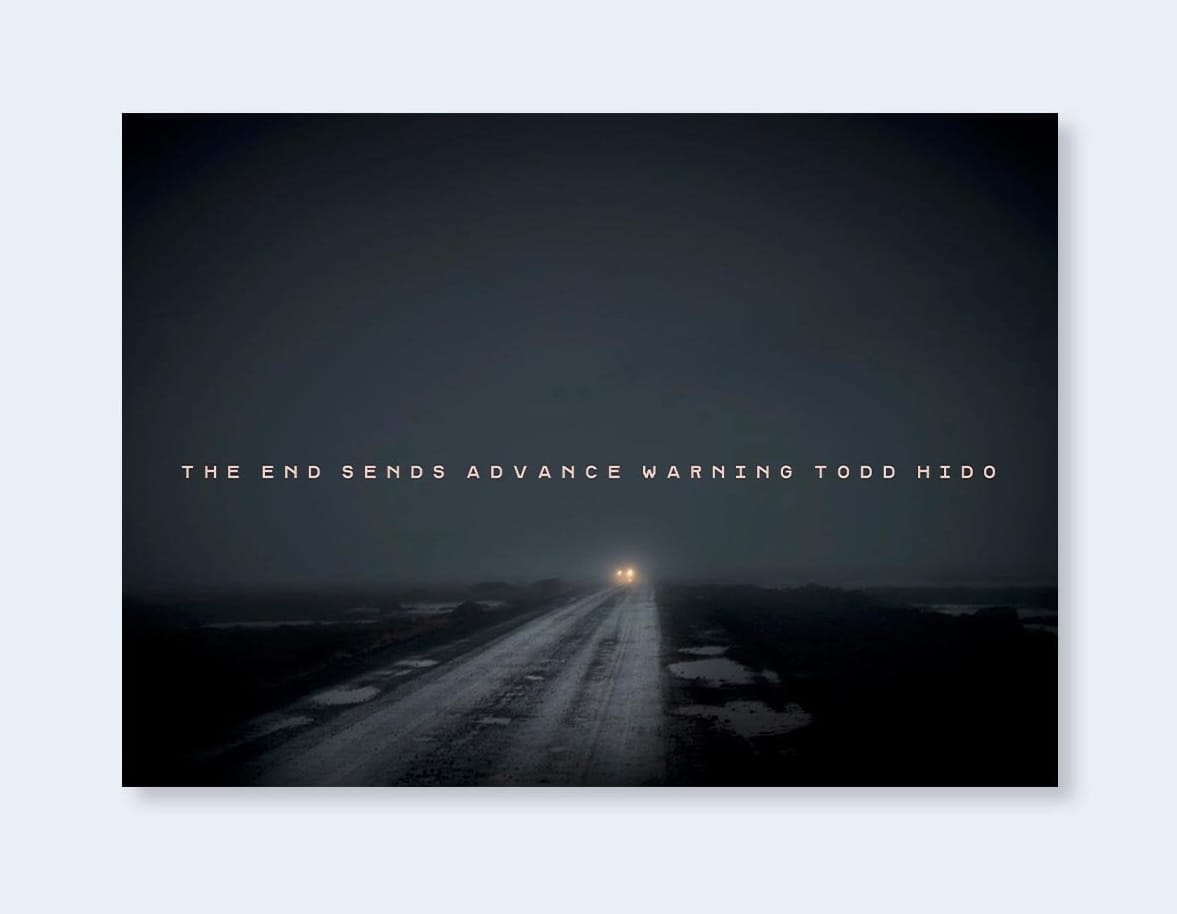
In another direction, The Gould Collection is a series of photobooks where each pair a writer and photographer. None of the works here are new, and, in fact, are typically well known artists:
The Gould Collection is a series of books to honor Christoph Crison, a photobook collector from Paris who died prematurely in 2015 at the age of 45. With a strong interest in Japanese cinema and photography, Chris Marker films and American literature, Christophe was a tireless advocate and supporter of many artists and writers. Under his online name Gould Bookbinder (the protagonist in two of Stephen Dixon’s novels), he actively posted images and links to articles about photography, film and literature. The photographers and writers showcased in this series are artists whose works Christophe admired.
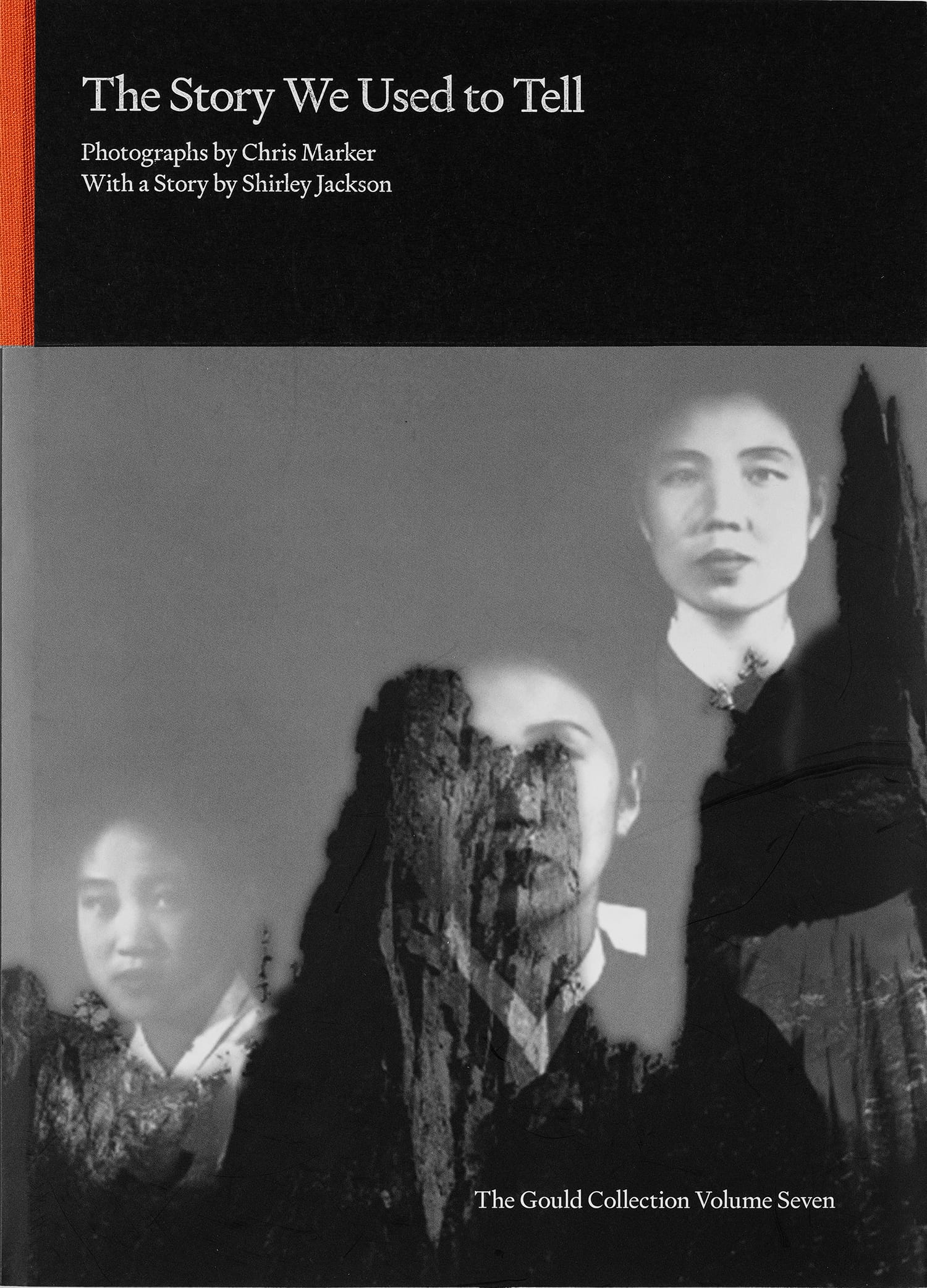
While I’m not so sure there’s a strong link between the artists in these books, I really like them. They’re well crafted and of course both wonderful photographs and Stories. I have one pairing Chris Marker and Shirley Jackson, and one with Paul Auster and Saul Leiter. I gave up on collecting the series when I learned that some of them are collectors items going for hundreds of dollars.
The most famous book with text and photographs is Walker Evans’ and James Agee’s Let us Now Praise Famous Men, though they are presented separately, and I feel is something different than I’m energized by, where the text and images have a symbioses, on equal footing.

This brief list is clearly only scratching the surface and I’d like to find more great examples. Rebecca Norris Webb was originally a poet, which informs her work, and I’ve yet to get my hands on one of her books. A Difficulty Is a Light is described by the publisher as her “first hybrid poetry collection, punctuated by 15 of her lyrical photographs.” I’ve ordered this book, so perhaps I’ll add more about it later).
I’d also like to find a copy of Gus Powell’s The Lonely Ones, which too pairs images and text, and is out of print, going for outrageous prices where it is available.
I’d love to hear suggestions! Leave a comment, or hit me up on Threads, if you have any.
"If your pictures aren't good,
you're not reading enough."
— Tod Papageorge
Books Mentioned
Books are linked to the author or publisher, when available, or otherwise used-bookstore or the Internet Archive
